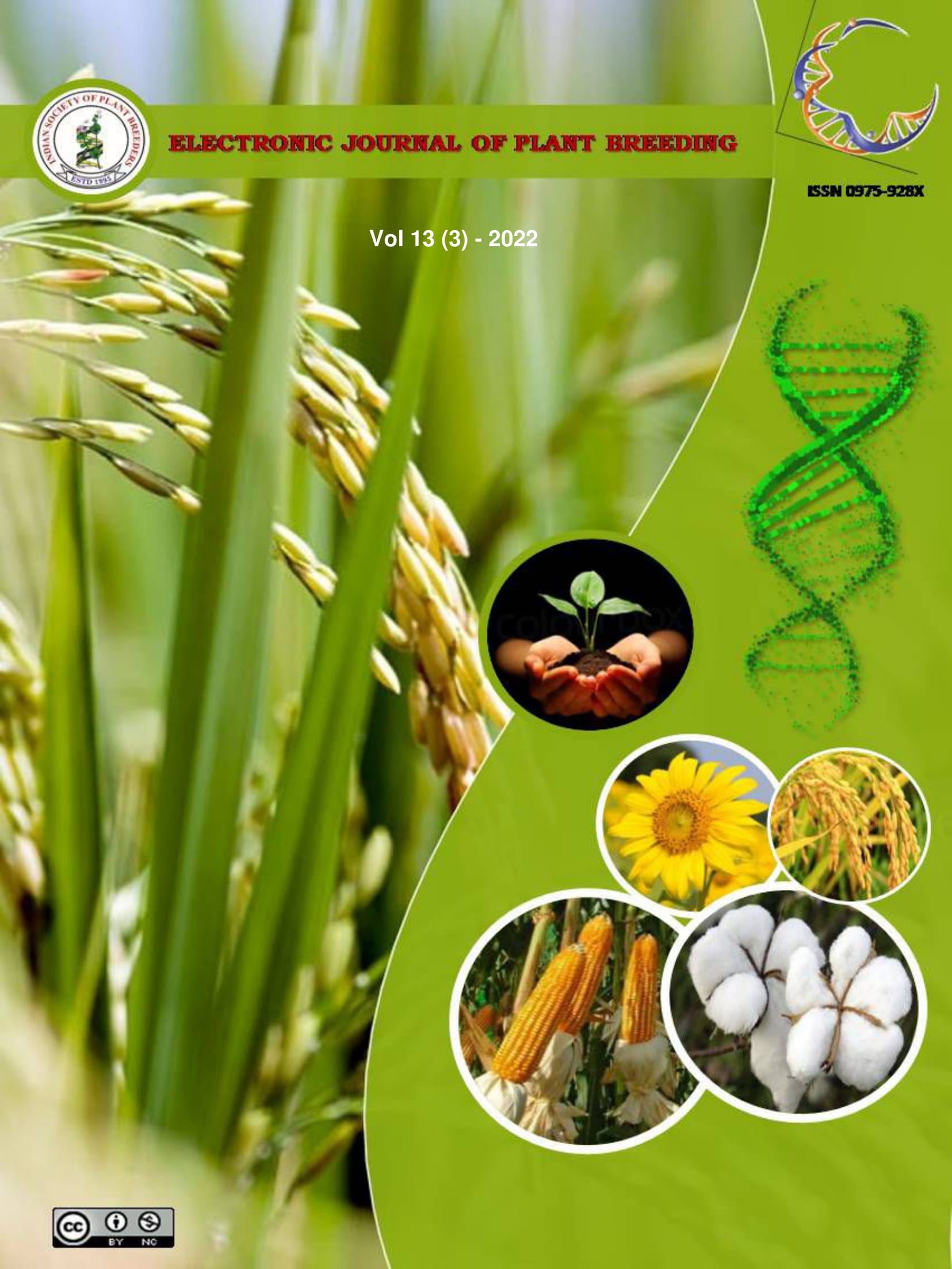Genetic variability studies for yield components and fibre quality traits in upland cotton (Gossypium hirsutum L.)
Abstract
The study was aimed to investigate the degree of genetic variability, heritability, and genetic advance among eight parents and fifty-six hybrids. The experiment was laid out in a randomized complete block design with two replications. The genetic parameters for 18 yield components and fibre quality traits were assessed. Analysis of variance was found to be highly significant for all the tested traits. Assessment of mean performance indicated the heterotic potential of hybrids over parents. The phenotypic coefficient of variation was slightly higher than the genotypic coefficient of variation suggesting a high level of environmental influence on these characters. The number of monopodia per plant and the number of bolls per plant had high PCV and GCV. High heritability coupled with high genetic advance was reported for the number of monopodia per plant, the number of sympodia per plant, the number of bolls per plant, boll weight, the number of seeds per boll and seed cotton yield, which implies additive gene effects and selection based on these traits will be effective for future crop improvement.

